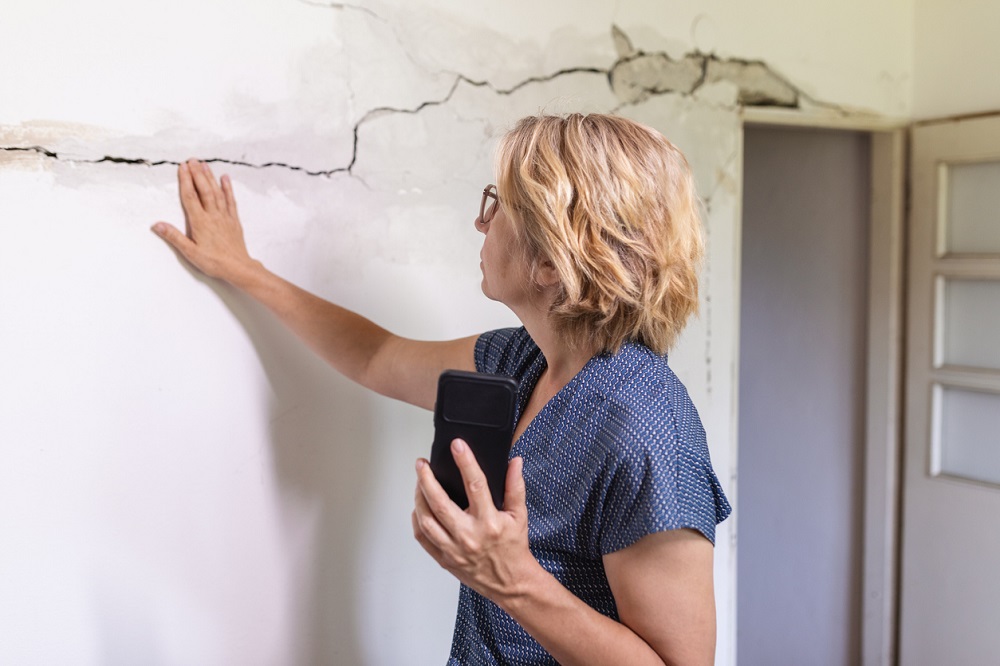When Does Property Coverage for New Construction Begin?

By: Big “I” Virtual University Faculty
Q: An insured’s commercial building is almost finished construction. At what point does property coverage begin for the new construction under policy form CP 00 10 10 12 and corresponding form CL CP 00 34 10 18?
The insured also has a few other questions regarding this project and their policy: How can the insured cover building materials and stock that is located on-site but not necessarily under cover as the building is being constructed; does property coverage still apply to a building under construction once values are reported; and does a building have to be completely finished in order for property coverage to apply?
Response 1: You did not say whether this construction is an addition, remodeling or renovations to an insured building, or a brand new building either at the premises described in the policy declarations or off-premises.
If the construction is not covered by other insurance, CP 00 10 10 12 automatically covers two things: additions, remodeling and renovations to an existing covered building; and construction materials, equipment and temporary structures within 100 feet of the insured building. There is no coverage for roadways, walks, patios or other paved surfaces, foundations, or underground pipes or drains.
Under the Newly Acquired or Constructed Property coverage extension—forms CP 00 10 10 12 and CL CP 00 35 DS 09 15—there is $1 million in coverage for new buildings while being built on the premises described in the policy declarations. Coverage begins when construction begins and ends at the earliest of these three: the policy expires; 180 days after the beginning of construction; or when values are reported to the insurer.
There is no coverage for buildings built at locations other than at the described premises. Also, there is very limited coverage for property in transit or off-premises.
Make sure you obtain a copy of the construction agreement, design agreement and loan agreements and comply with the insurance requirements. If this is a new building, whether on the described site or off-site, do yourself and the insured a favor and buy a builders risk insurance policy. This assumes the contractor is not required to meet all the insurance requirements in the agreements.
Response 2: Some of your issues will be dealt with by the policy form alone and some also influenced by the content of the construction agreement.
I would not recommend using CP 00 10 10 12 and CL CP 00 34 10 18 for new construction. I suggest you review the construction agreement to learn the obligations of the owner, general contractor and subcontractor. Also, requisites if the construction is financed, check the lender. Then, evaluate the risks to consider hard costs, soft costs, business interruption—including delayed opening—construction duration and more.
Is it a vanilla building or a structure with highly engineered mechanical parts, such as a production factory, food processing plant or shipping port? There are specialty markets with broader coverage forms that are specially designed for course of construction risks. Some are better than others, so you need to review the market and analyze the offerings.
Is it modular construction or design-build? What are the professional liability risks of architects and engineers that also play into the property and liability risks? Construction risks are complicated—with frequent litigation when something goes wrong.
If this isn’t within your expertise, consult with others in your agency and educate yourself on the topic. Consider resources offered by International Risk Management Institute (IRMI). I would also recommend reading this book from IRMI, “The Builders Risk Book” by Steven A. Coombs and Donald S. Malecki.
Response 4: In my dealings, this has taken place when either the owner confirms that the entity wants the coverage to begin or at the same time an occupancy permit has been granted by civil authority. This needs to be closely monitored by each party to avoid missteps.
Building materials are usually covered by a builders risk policy with endorsements that extend to outdoor or off-premises materials necessary for construction. These typically have sublimits that must be addressed prior to construction commencing. Proper security is also a requirement, as that can be a conditional requirement for coverage to apply.
Construction values are not reported until the building receives the requisite permits. Most builders risk policies have a timeline when the property must be moved to the CP 10 30. This is usually 90 days from the occupancy permit.
This question was originally submitted by an agent through the Big “I” Virtual University’s (VU) Ask an Expert service, with responses curated from multiple VU faculty members. Answers to other coverage questions are available on the VU website. If you need help accessing the website, request login information.
This article is intended for general informational purposes only, and any opinions expressed are solely those of the author(s). The article is provided “as is” with no warranties or representations of any kind, and any liability is disclaimed that is in any way connected to reliance on or use of the information contained therein. The article is not intended to constitute and should not be considered legal or other professional advice, nor shall it serve as a substitute for obtaining such advice. If specific expert advice is required or desired, the services of an appropriate, competent professional, such as an attorney or accountant, should be sought.










